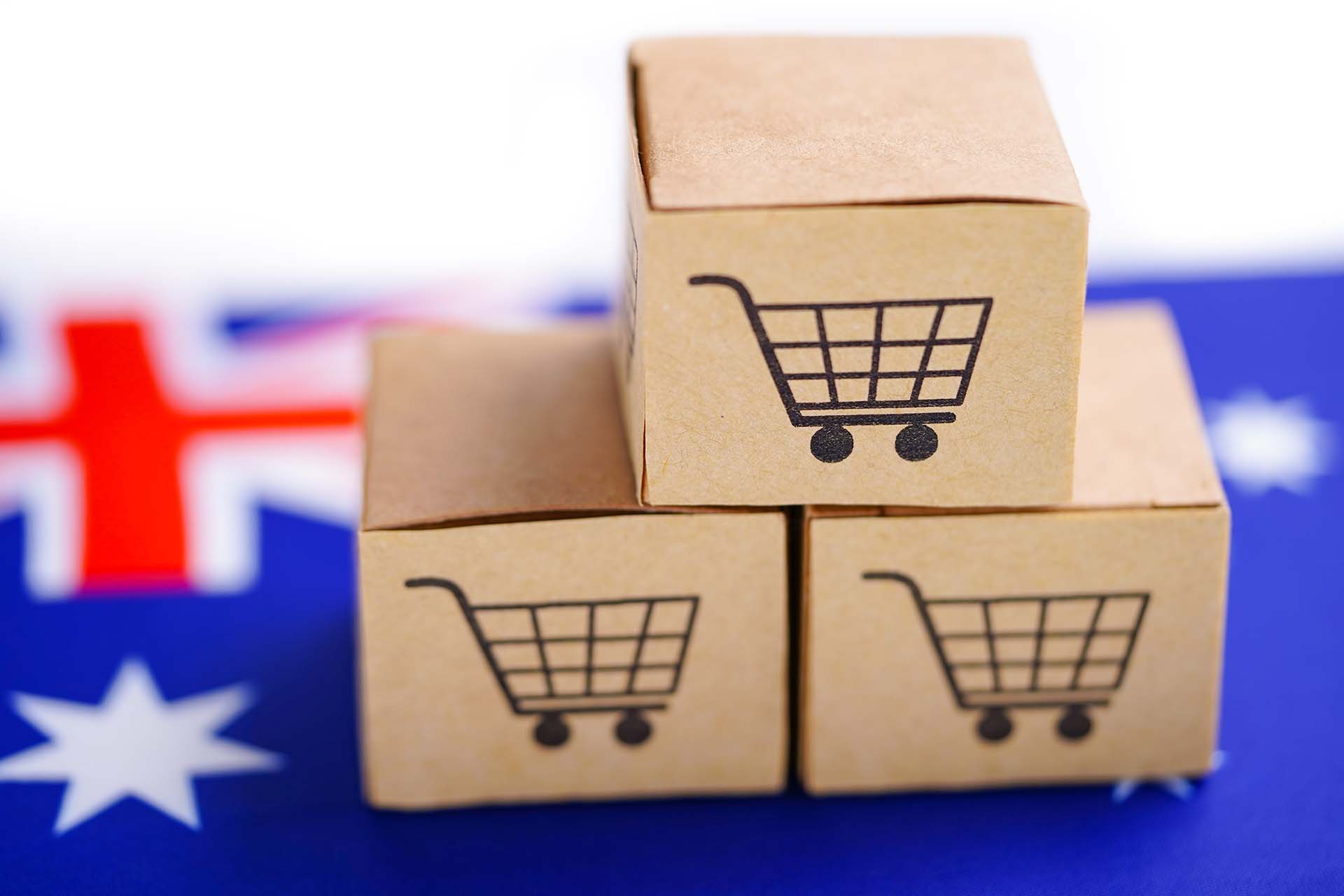Countries worldwide are grappling with the rising concern of underage vaping, an issue that has significant implications for public health. The vaping industry, an alternative to traditional tobacco products, has witnessed exponential growth over the past decade. However, this growth has attracted a younger demographic, causing alarm among health and regulatory bodies.
Australia is no exception to these concerns. In response, the Australian government has been actively revising their vaping regulations to limit access and curb the appeal of these products to underage individuals.
The Original Changes to Regulations in 2021
To combat underage vaping, the Australian government introduced a significant change to vaping regulations in 2021. Under the new rules, it became illegal to purchase vapes without a prescription approved by a general practitioner. This move was intended to curb the accessibility of vaping products to underage individuals, ensuring only those with legitimate medical needs could access these products.
However, despite this regulatory change, the desired impact was far from achieved. Many individuals, particularly those underage, continued to purchase vapes through various means. This persistent problem highlighted the need for more stringent measures, leading to further amendments to Australia’s vaping regulations.
A Ban on Disposable Vape Imports
The Australian government is preparing to usher in the New Year with an intensified approach towards battling underage vaping. From January 1st, a new law will take effect that bans the import of disposable vapes into the country. Aimed at further limiting the accessibility of vaping devices, this move targets the prevalent use of single-use vapes, which have remained popular despite the previous regulation requiring a prescription for purchase.
The hope is that by cutting off the supply of these readily disposable and easily concealed devices, the appeal and accessibility of vaping for underage individuals will be significantly reduced. This import ban represents a key weapon in the government’s arsenal to wage war against underage vaping in Australia.
By March, however, the restrictions will be further tightened, extending to non-therapeutic refillable vapes. After such time, importers of legal vape products will be required to hold a license and permit from the ODC (Office of Drug Control) to lawful import vapes. From March 1st, 2024, importers must provide pre-market notifications to the Therapeutic Goods Administration (TGA) declaring compliance with the new regulations. It will not be possible to obtain a customs permit without notifying the TGA beforehand.
Further Restrictions to Follow
Beyond the import ban, the Australian government is implementing further restrictions to strengthen its stance against underage vaping. This includes a crackdown on the variety of vape flavours, nicotine levels, and packaging standards.
The government continues to believe that sweet flavours are enticing to a younger demographic, despite evidence that shows adults also prefer these flavours. In answer to this, a regulation on the flavouring of vapes is being considered. This would limit the availability of overly sweet or candy-like flavours or a total flavour ban.
In addition, there’s a plan to reduce permissible nicotine levels. Though there is little information on this yet, the notion appears to be limiting the strengths available in legal devices/E-Liquids. Currently, the nicotine strength is capped at 100mg/ml so it would be likely that they follow the UK and EU’s 20mg/ml strength limit.
Finally, the packaging of vapes is also being targeted. The government is set to enforce stricter standards to remove any enticing elements from product packaging. This includes limiting the use of bright colours and appealing designs. Instead, brands would need to adopt a more pharmaceutical approach to the product packaging.
Conclusion
While these extensive regulatory changes are geared towards protecting underage individuals, they could potentially have unintended repercussions on adult vapers in Australia. The restrictions on imports, flavours, and nicotine levels may limit the choices available to adult vapers who utilise these products as a less harmful alternative to traditional cigarettes. This could deter some from transitioning away from traditional tobacco products, undermining the very public health goals these policies aim to achieve.
Moreover, the stringent regulations may inadvertently bolster the already thriving black market for vaping products. As legal avenues become increasingly restricted, consumers may turn to unregulated, and potentially unsafe, products to meet their needs. The challenge for the Australian government moving forward will be to strike a delicate balance between protecting the young and ensuring the rights and safety of adult vapers.

